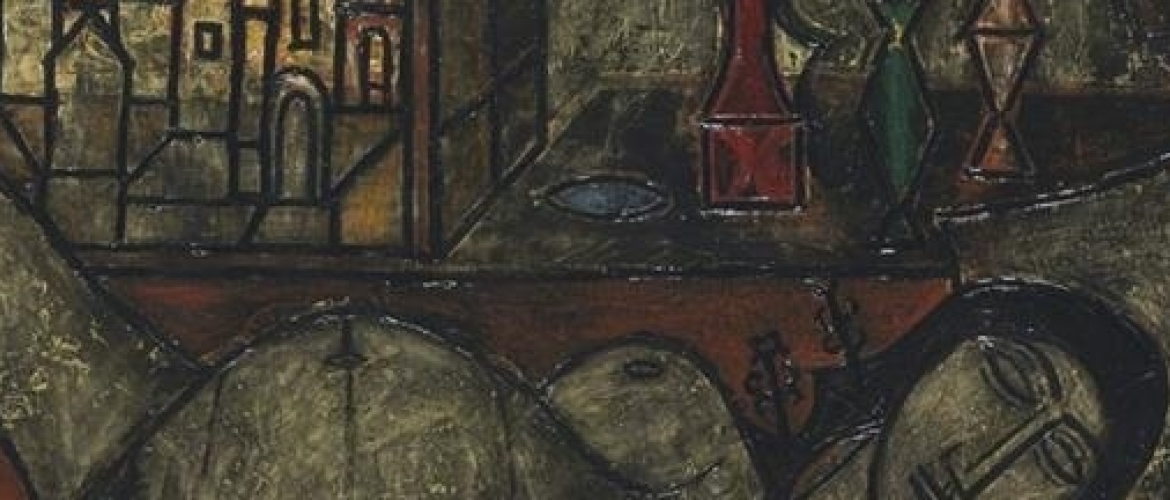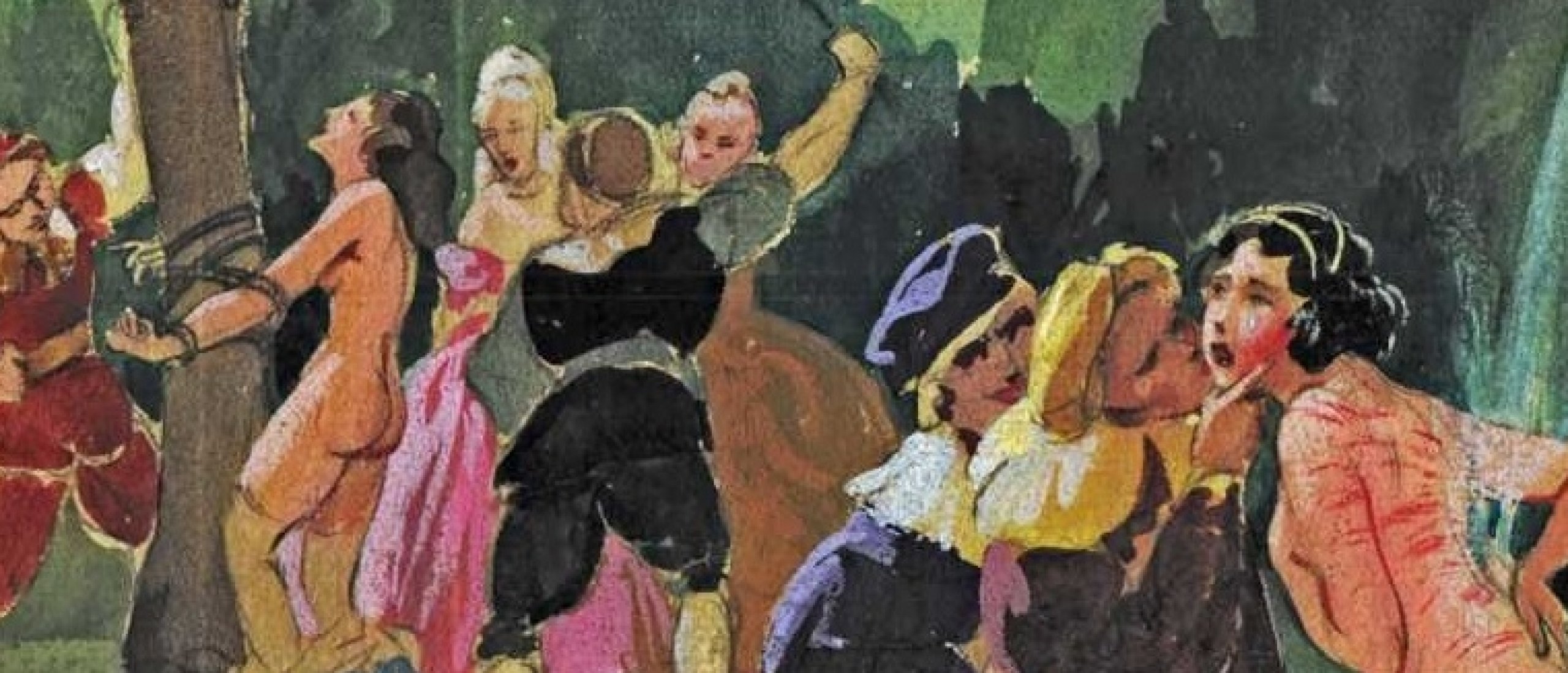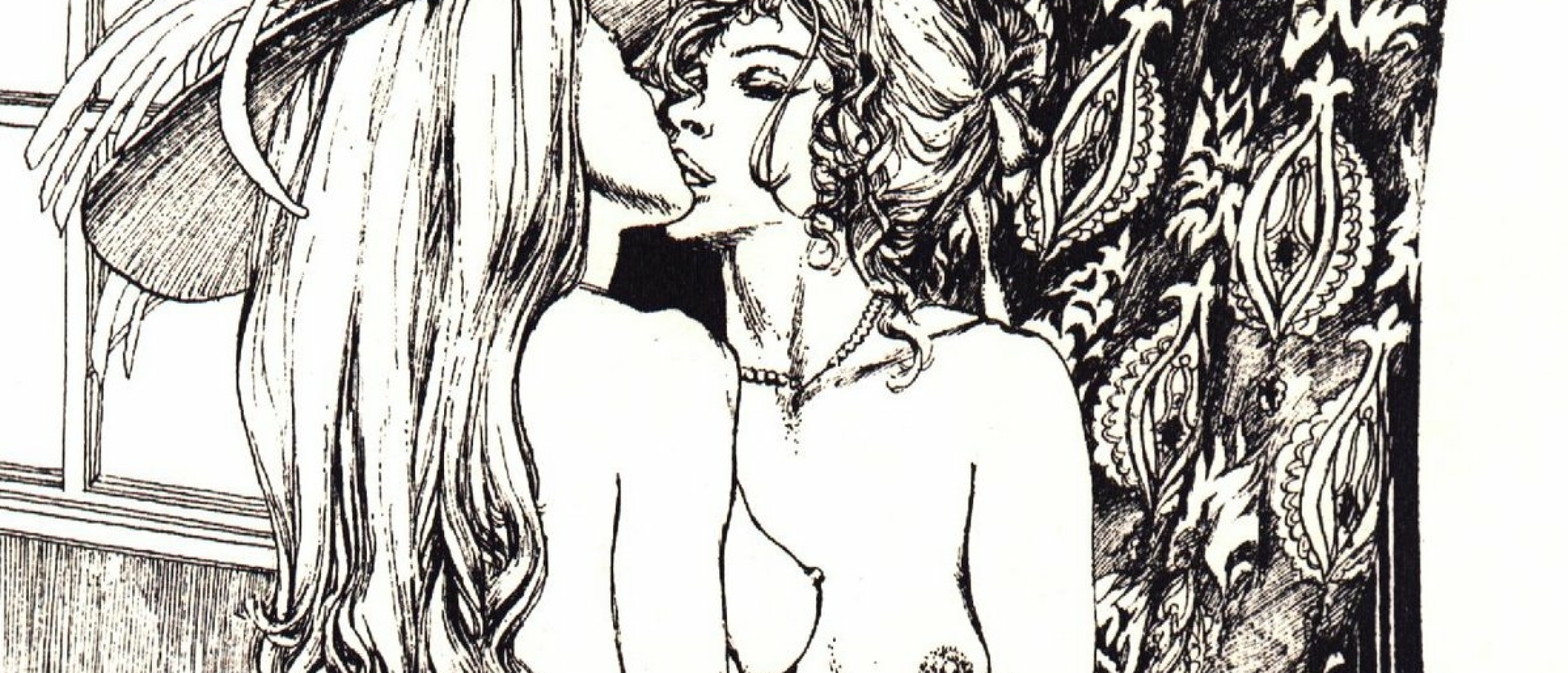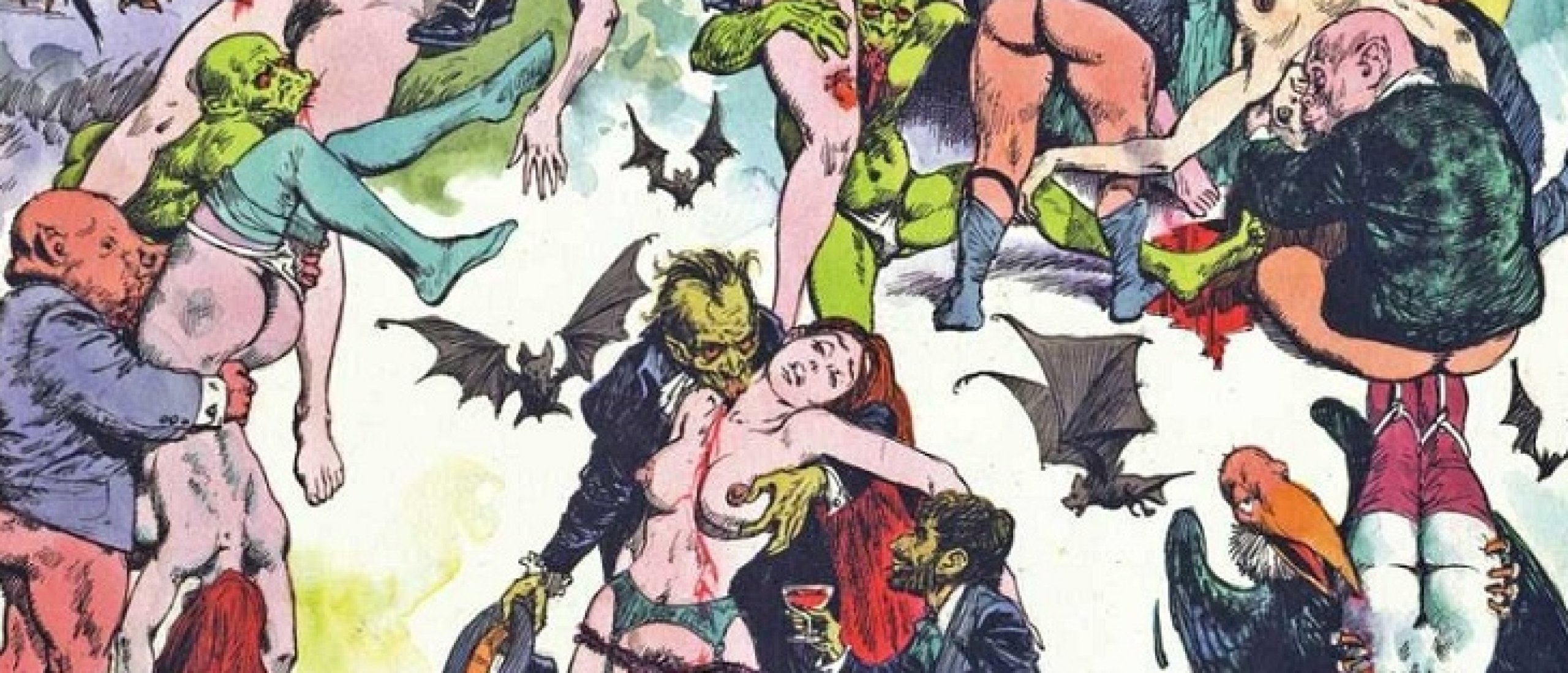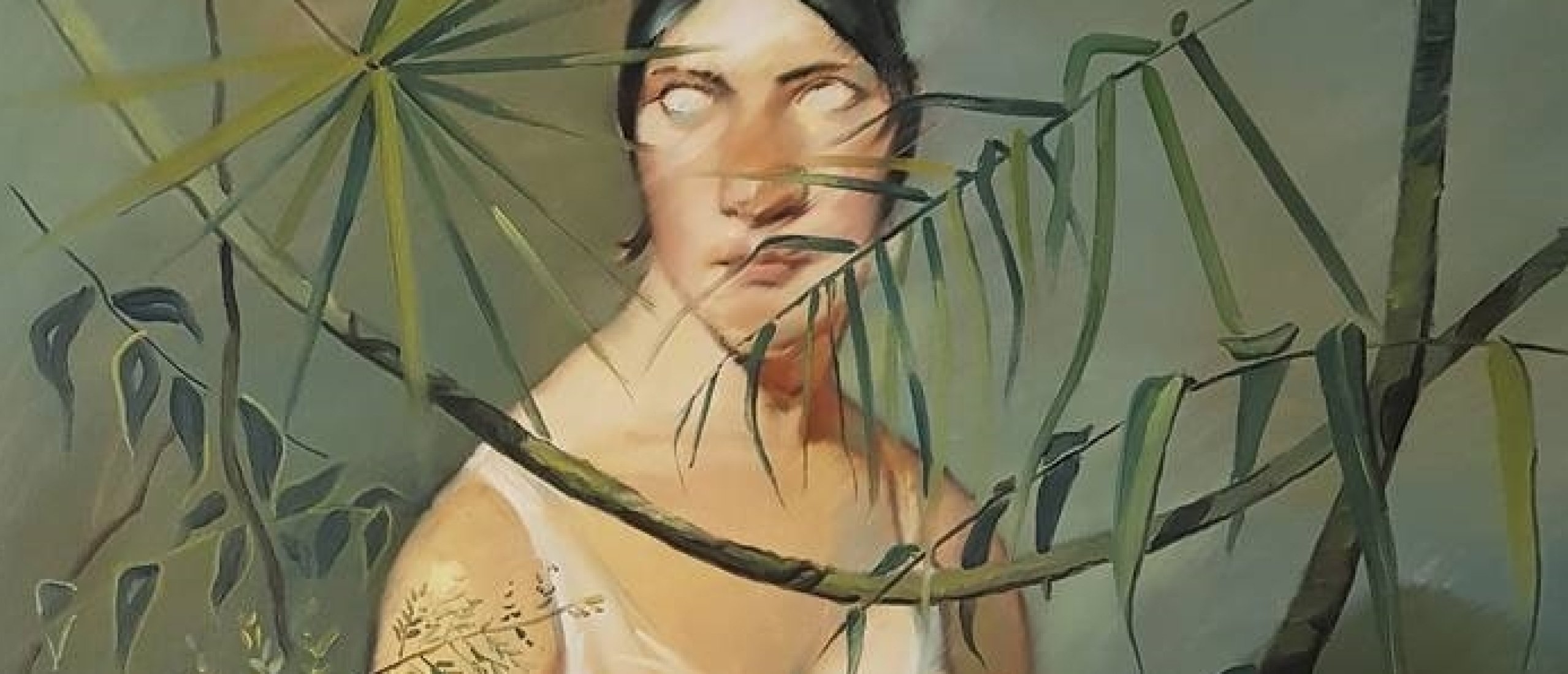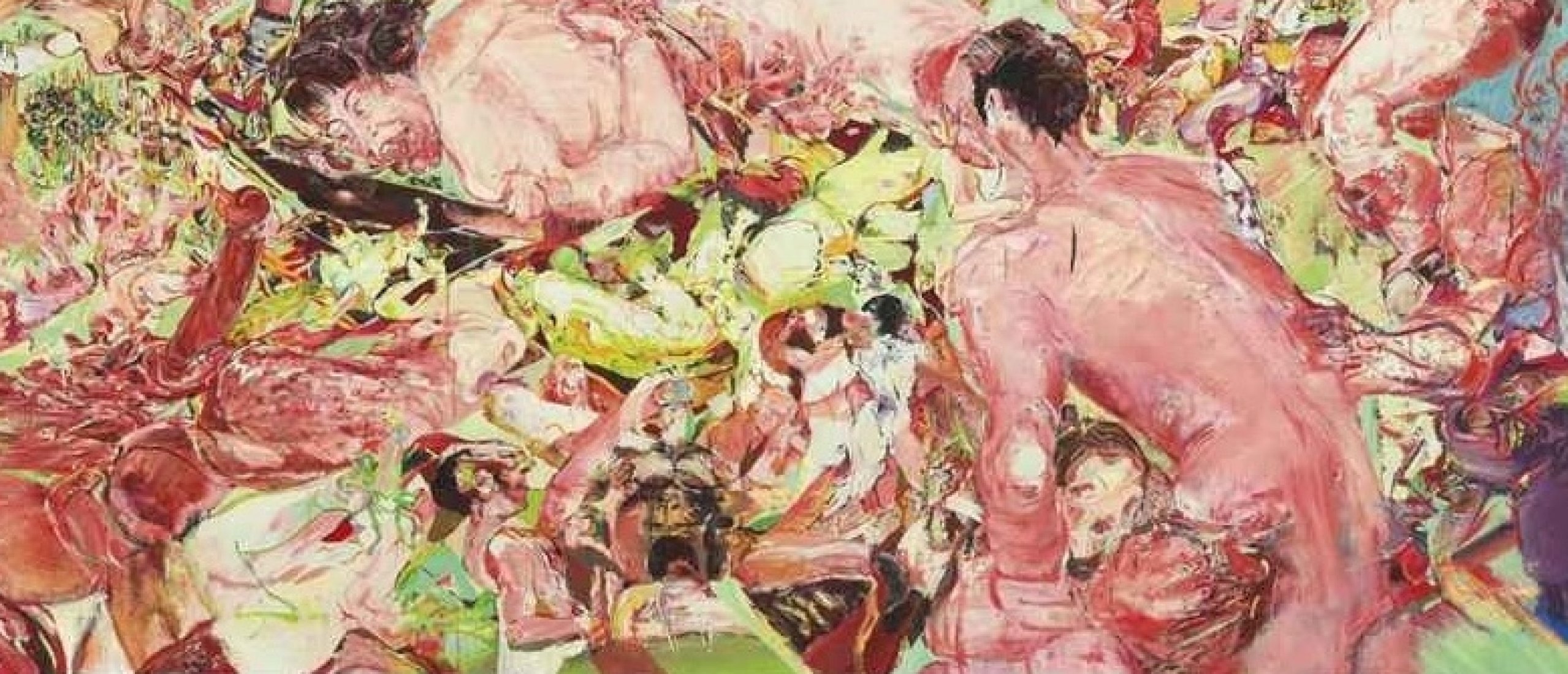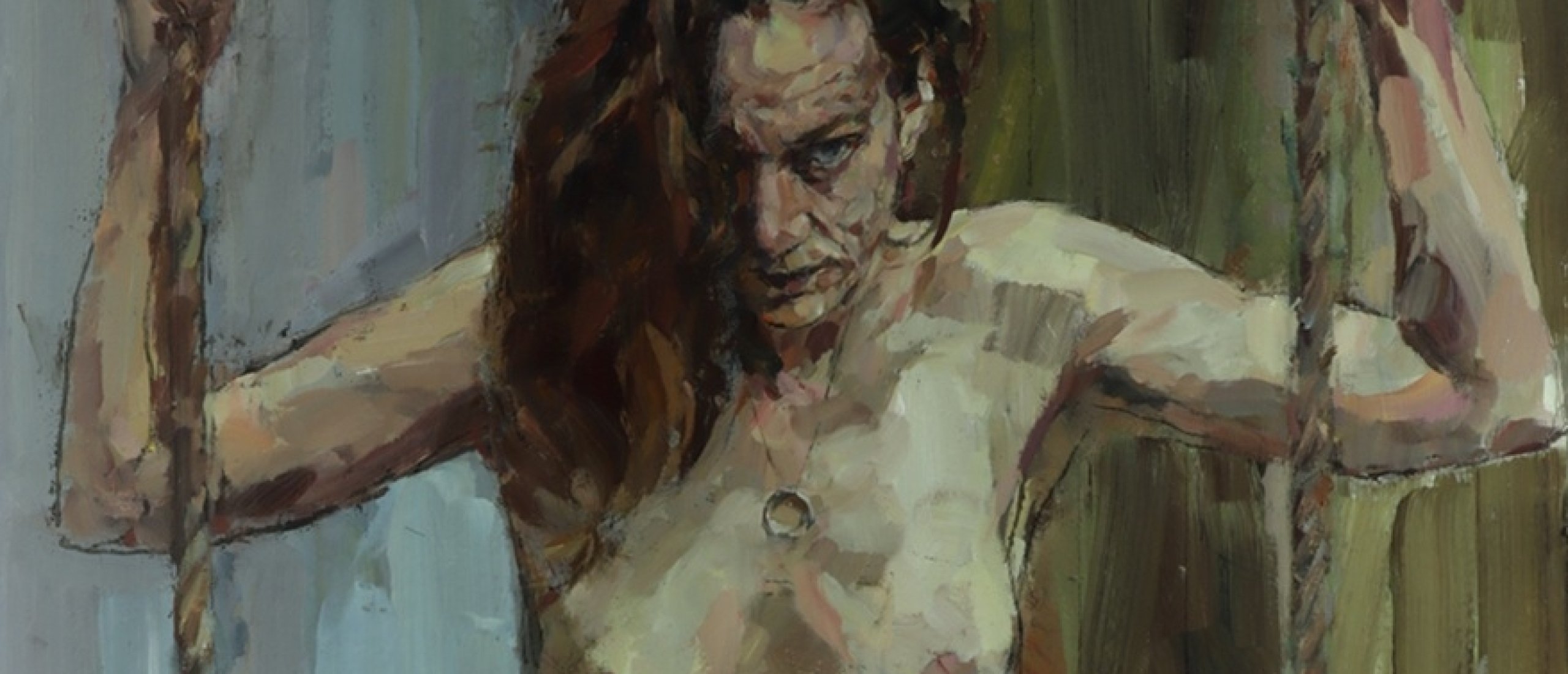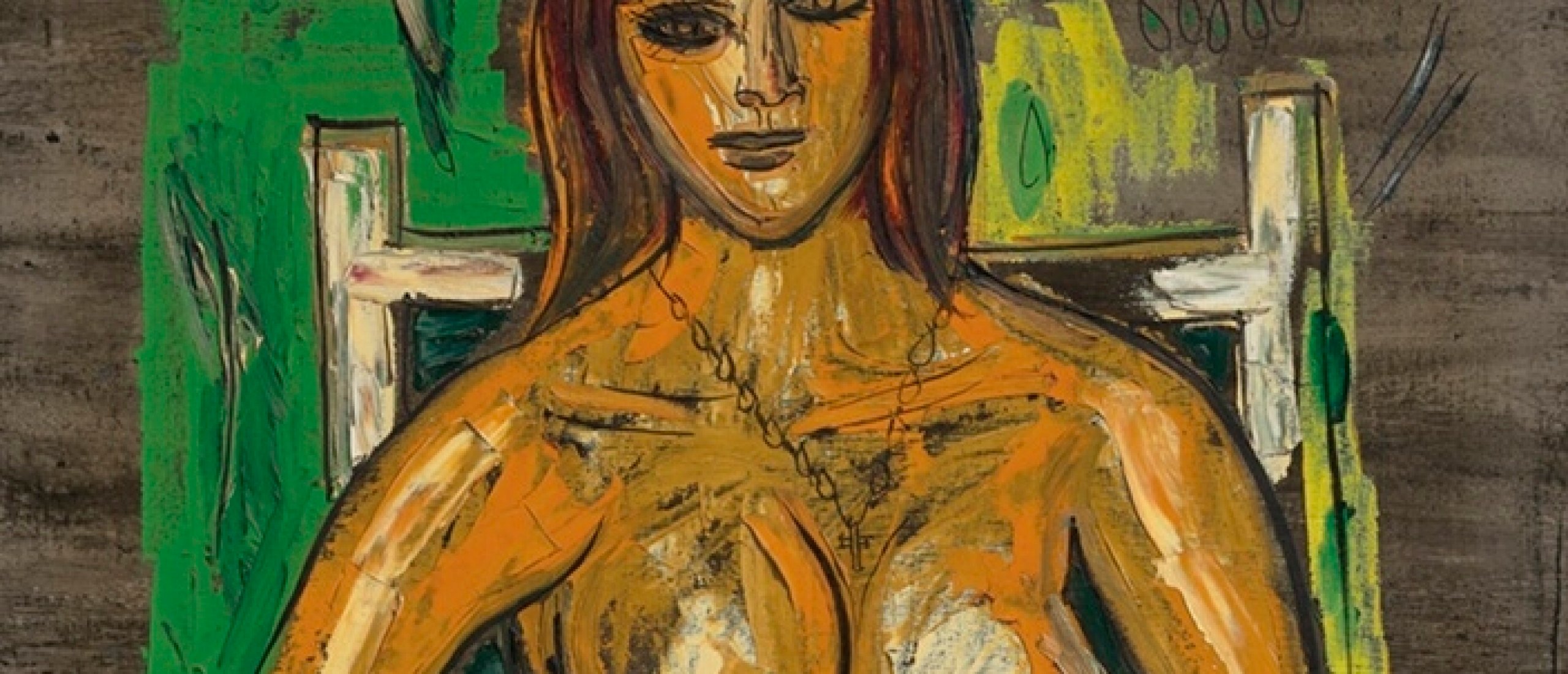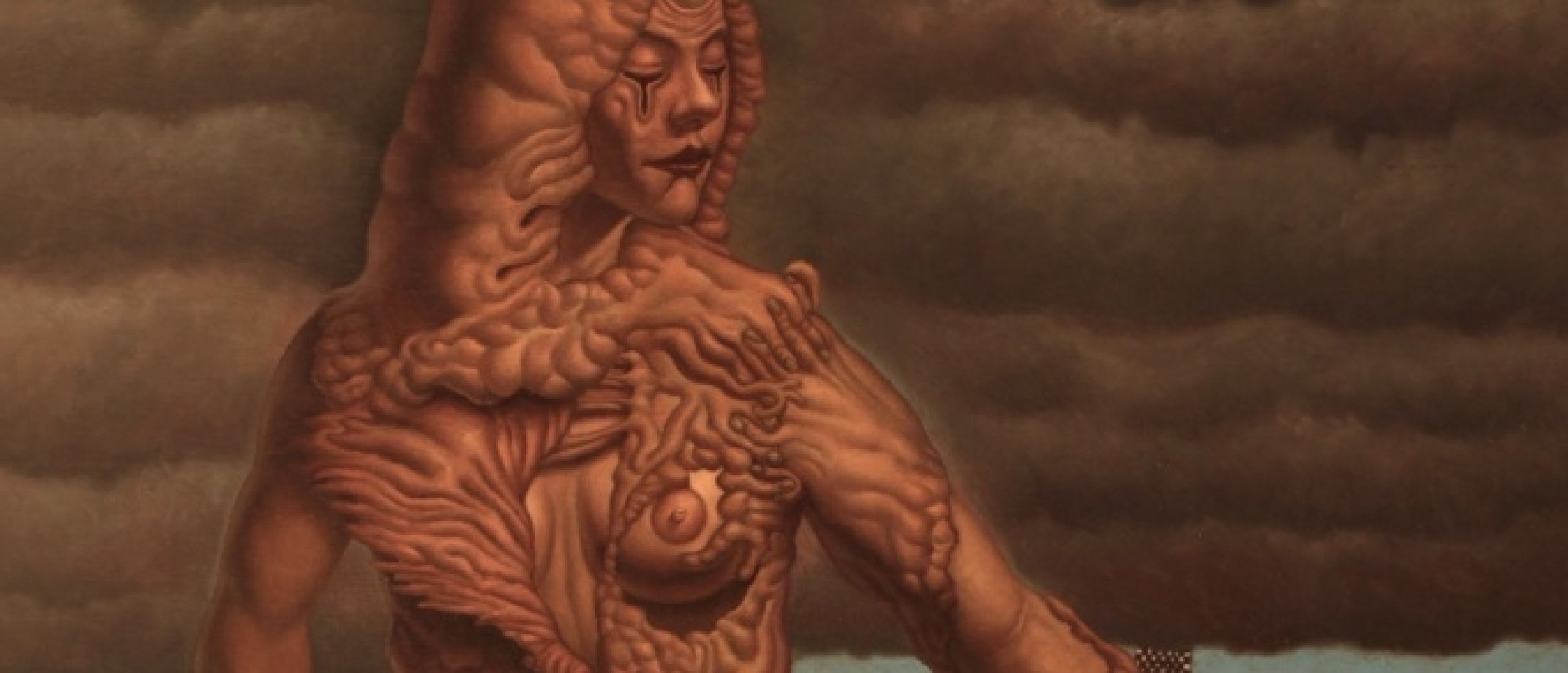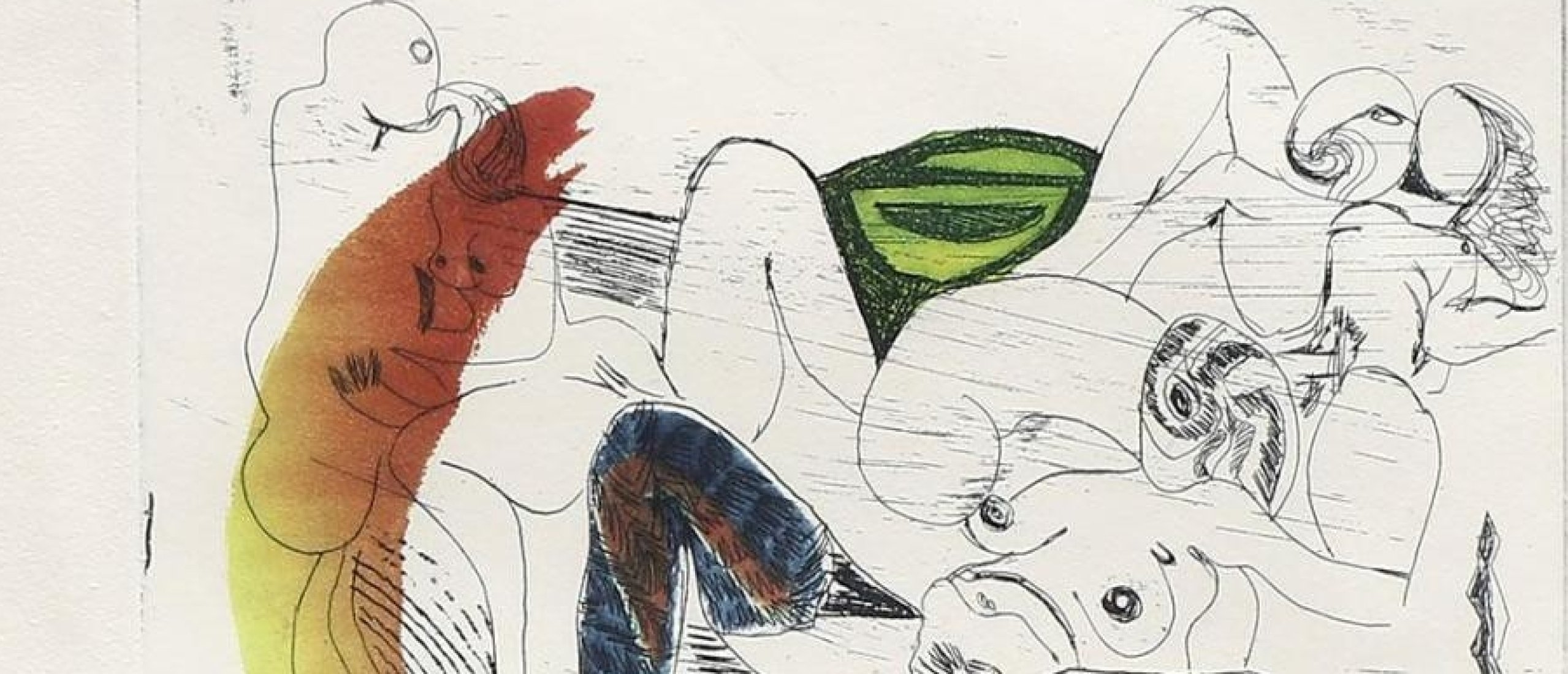
City of the Blue Woman
Avinash Chandra was born on August 28, 1931 in Simla, the capital city of the northern Indian state of Himachal Pradesh. The name Simla originates from the word Shamli or Shyamala, which means ‘blue woman’ and is associated with an incarnation of the goddess Kali.
The city’s appeal benefits from its climate and proximity to the Himalayas. Simla’s economy revolves around tourism, with hotels being a significant source of revenue. This is where Chandra’s father held the position of manager at Hotel Cecil, the most distinguished European-owned hotel in Delhi.
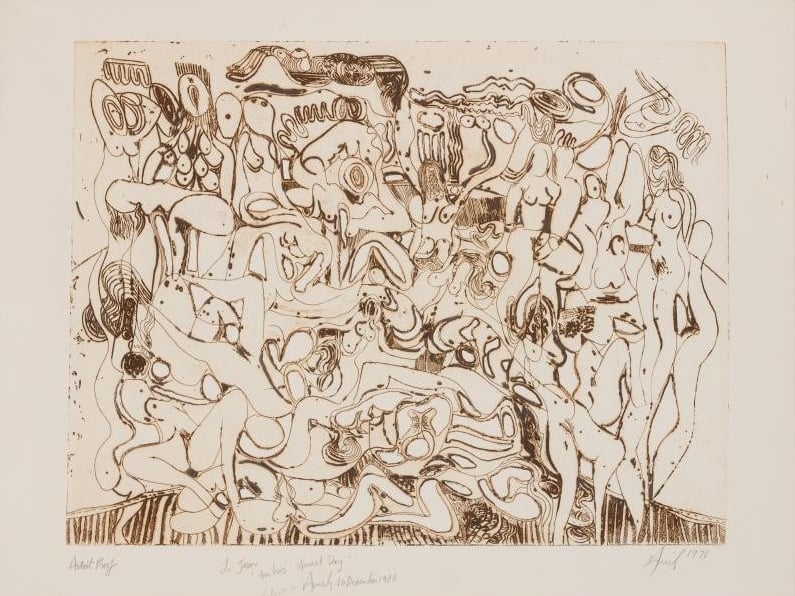
Fig.1.
Independent Mind
During his formative years in the hospitality industry, Chandra internalized certain habits and behaviors of the affluent clientele it served. Chandra, who possessed an independent mind, pursued his genuine passion for painting and enrolled in school in the year 1947. Despite his father’s wishes for him to study engineering, Chandra covertly studied art for over half a year without his family’s knowledge.
Stood Out
After graduating from Delhi Polytechnic college in 1951, Chandra started his career as a painting instructor at the college. Among his many students, Paramjit Singh and his wife Arpita Singh stood out as exceptional. Paramjit Singh was a founder member of the ‘Unknown’ group of artists in Delhi. Arpita Singh is a prominent figurative artist and modernist. Chandra’s teaching also influenced Gopi Gajwani, who became a respected cartoonist and painter. In 1954, Chandra received the first prize at the First National Exhibition of Art in New Delhi.
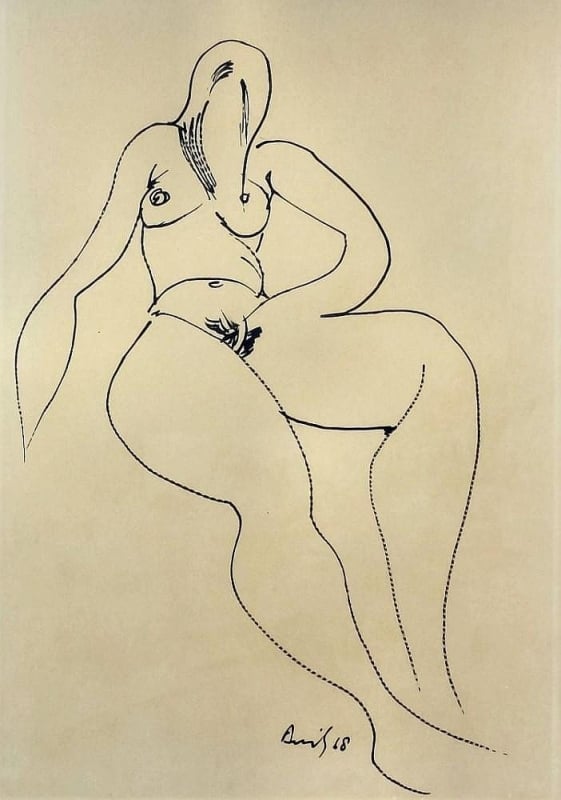
Fig 2.

Fig 3.
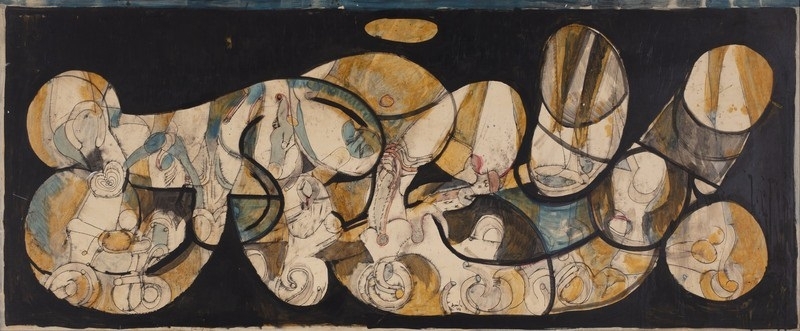
Fig 4. Untitled (1964)
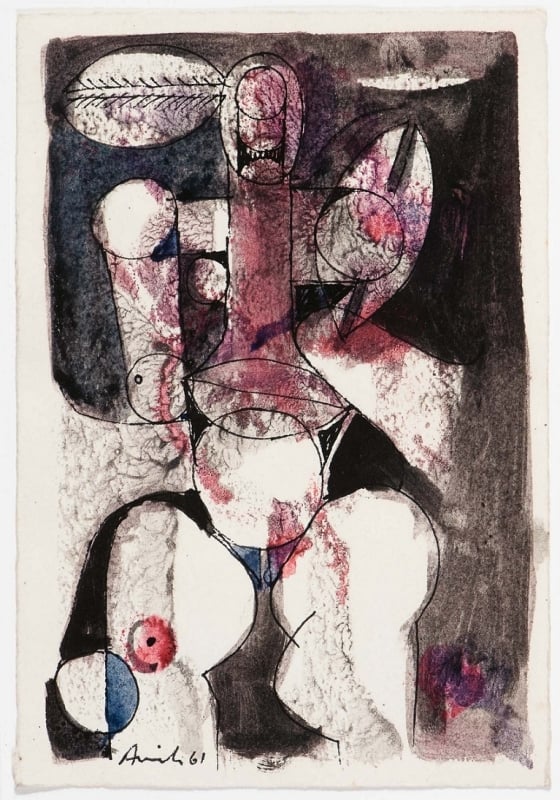
Fig 5.
The Fool Card
Avinash Chandra traveled across the United States and Europe. His formal art education placed a higher emphasis on the art of Europe and the West, overlooking any interest in Indian art. He found inspiration in the western urban scenery. Through his work, he made these landscapes appear both mysterious and melancholic. Gradually, his landscapes would change into human figures. Chandra’s style would later reflect the abstract resemblances of other Indian artists like Francis Newton Souza and Ram Kumar. Just like European artists, Indian artists found inspiration in the works of Picasso and Paul Klee, employing elements of expressionism influenced by abstraction to convey their interpretation of reality.
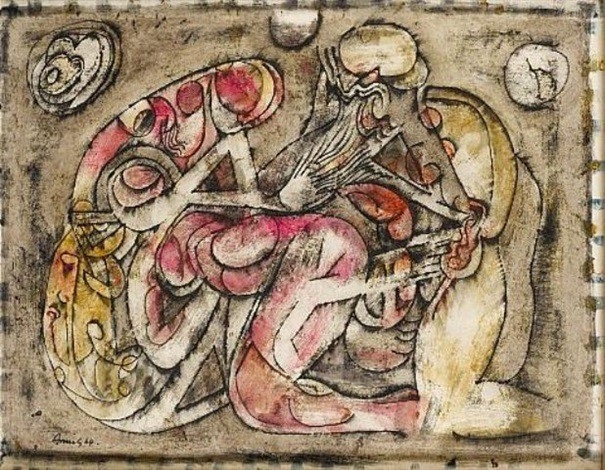
Fig 6. Erotic scene (1964)
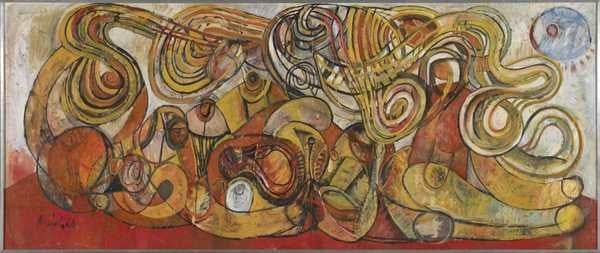
Fig 7.
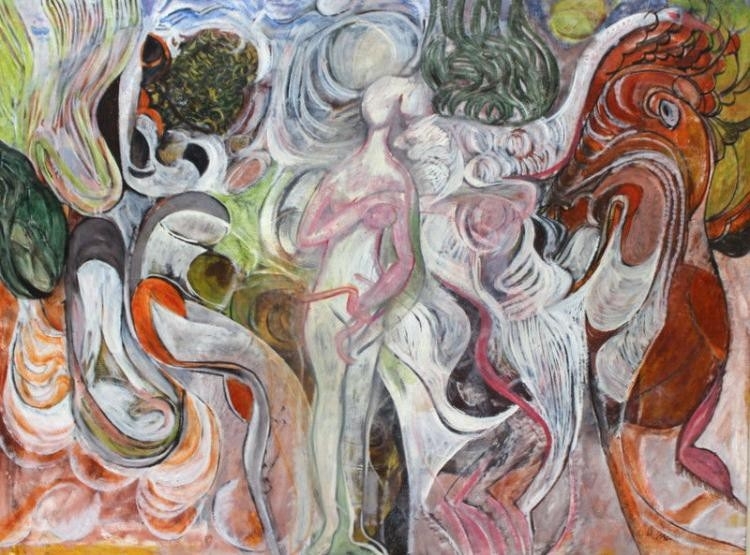
Fig 8..
In the extended Premium edition you can discover more about the Indian aesthetics, Chandra's artistic development, private life, his use of figuration, formalist style and aesthetics and much more.
Click HERE for Cubist interpretations of famous Ukiyo-e pieces by Dmitry Trubin
What do you think about Avinash Chandra's art? Leave your reaction in the comment box below...!!


